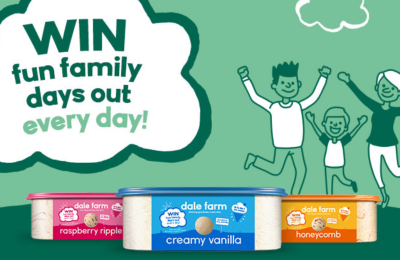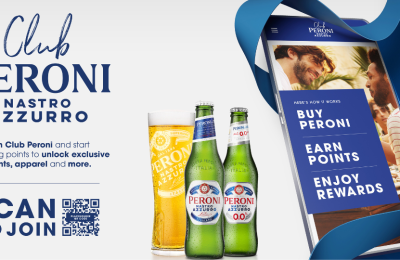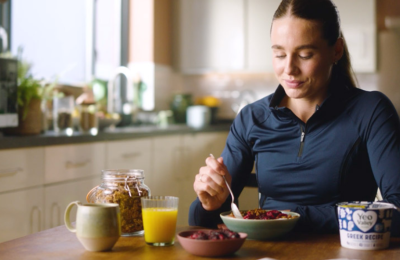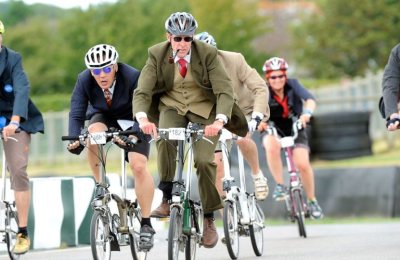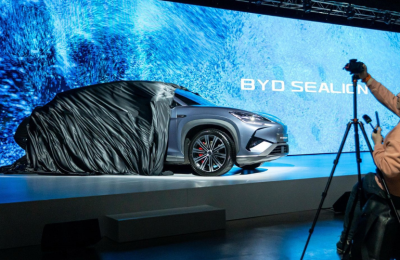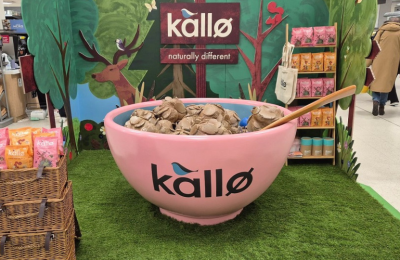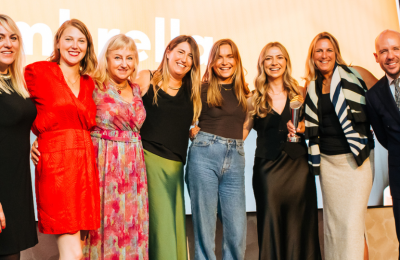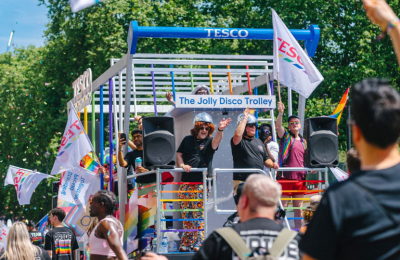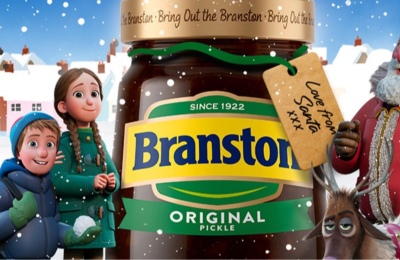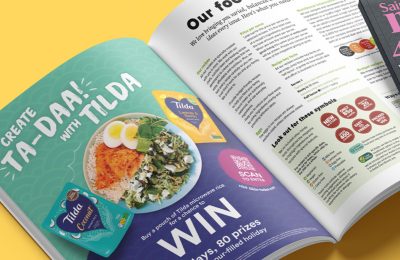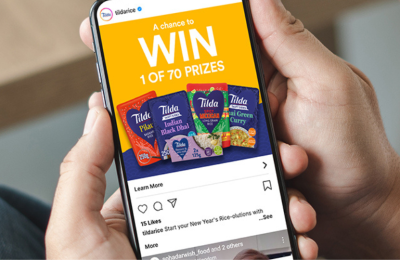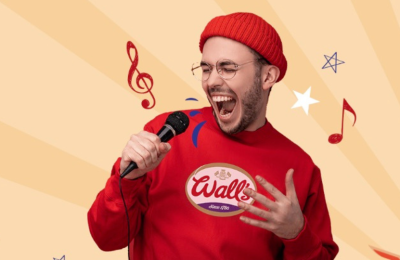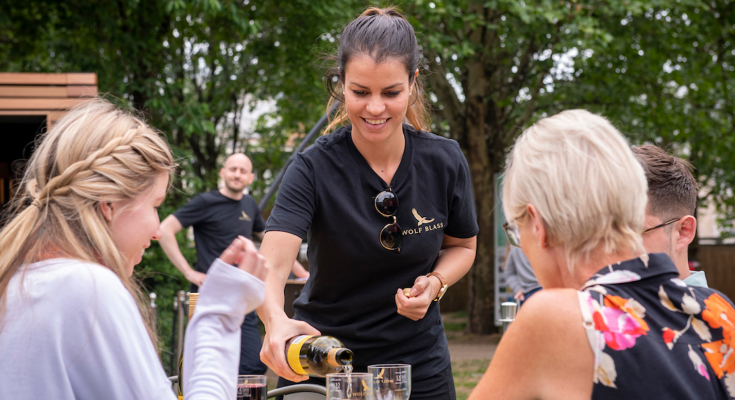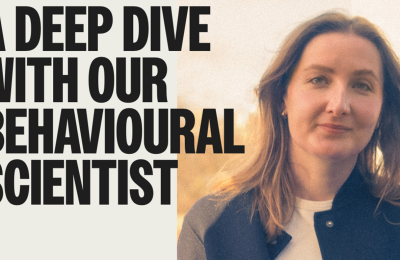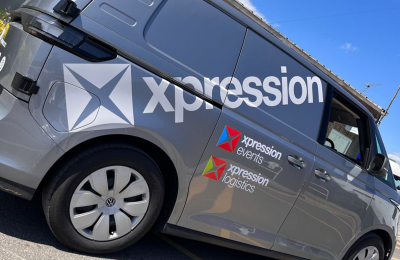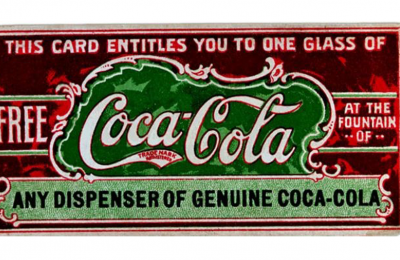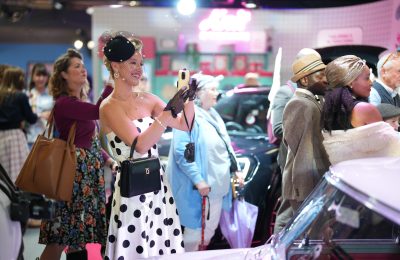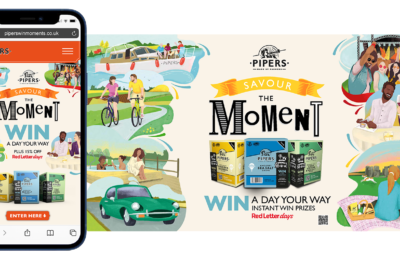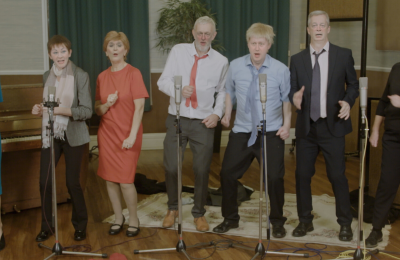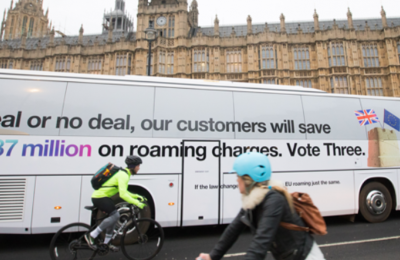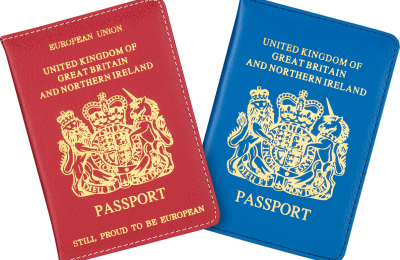Helen Hanson, Founder of Hel’s Angels, shares the rising trends around mindful drinking and how drinks brands can adapt to meet this popular lifestyle.
With the rise in popularity of campaigns such as Dry January, cutting down on alcohol is no longer confined to just one month of the year – it’s now a lifestyle choice. For some, it’s an extension of the mindfulness movement where you tap into how your mind and body is feeling, to take control of your drinking habits. Whereas for others it’s about cutting down on alcohol consumption and being as happy attending events and occasions where no alcohol is served as they are when its available. And for others, its simply about drinking less but better.
So what are the main trends around mindful drinking?
Quality versus quantity
Mindful consumers are now more likely to save up for a bottle of alcohol they desire rather than buy what’s on offer. The rise of small batch brands, especially in the gin market has fuelled mindful drinking. Small batch distillers are popular and drinkers are now purchasing brands they can savour and show off about. And with the rise of social media, everyone can be a bartender at home. Drinks are being made to be photographed and how cocktails look is becoming almost as important as how they taste.
The consumption of quality over quantity also extends to bars and pubs, as the theatre around building a drink has increased in popularity. Drinks may be served up with a theatrical twist by a bartender, or in unusual glassware or even the use of bespoke ice and garnishes. These drinks are made for sharing, not only with friends but on social media.
A New Way to Socialise
As the popularity of mindful drinking has increased, it’s no surprise that the prevalence of mindful drinking events has also been on the rise, such as Club Soda’s Mindful Drinking Festival. These events are often the showcase for ‘Low & No’ alcohol brands who want to target the mindful drinking consumer. Brands at this year’s event included Big Drop Brewing Co (0.5% ABV beer), CEDER’S (distilled non-alcoholic alt-gin) and Lindeman’s, who showcased their range of Alcohol-free wines.
Pubs and bars also need to step up. It’s no longer enough just to have regular juices and sodas available – people want to drink better things. After Sainsbury’s noticed nearly a 32% increase in sales of low and no alcoholic drinks they have set up the Clean Vic – a pop-up pub showcasing some of their low and no brands. Sainsbury want to show consumers that they don’t need to miss out on the experience of drinking, just without the alcohol content.
Sustainability
The ethics of a brand are important to mindful drinkers and distillers themselves are taking the environmental impact of their spirits seriously. According to the Spirit Business, the Scotch whisky industry successfully met its target to source 20% of energy from environmentally sustainable means in 2018 – four years earlier than planned.
As craft beer companies go to further extremes to be different, companies such as Harbour Brewing Co in Cornwall has bought up farmland so it can grow wild herbs and cultivate native yeasts, to achieve unique flavours. Plus they are telling the stories of their brand through innovative label artwork and can wraps, giving consumers a closer connection to the product.
Recent data from the Office for National Statistics showing that the proportion of adults who say they drink is at its lowest level on record, so there is no doubt that mindful drinking is here to stay
If you’d like to find out more about Hel’s Angels, get in touch with helen@helsangels.net

